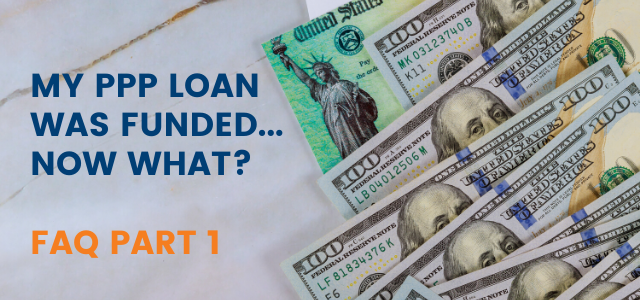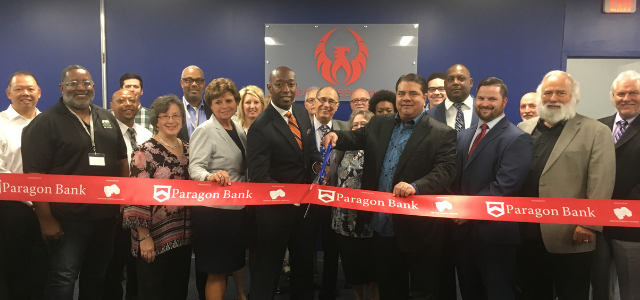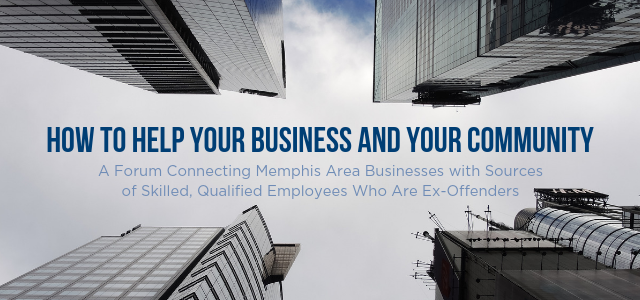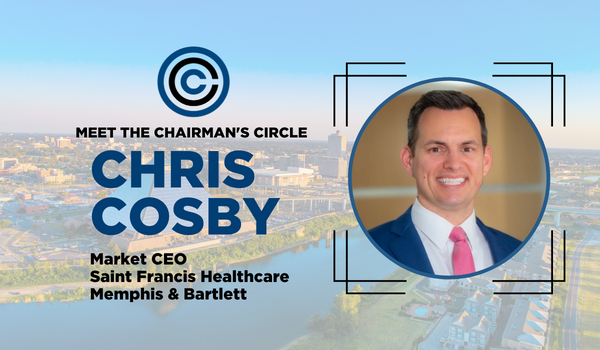
Since inception by way of the CARES Act, the Paycheck Protection Program (PPP) has been the prime focus for American small businesses. That focus has generated many questions and concerns as such a massive program pieced together in a very short period of time is inherently subject to ambiguity and unintended outcomes.
On Friday, May 15, 2020, the U.S. Small Business Administration (SBA) released an application with instructions for how PPP borrowers can receive forgiveness for a PPP loan. The application addressed mathematical questions and provided some clarity on terms previously undefined, but much remains to be answered. Additional regulations and guidance are anticipated from the SBA to assist in completion of the application. Although the forgiveness application and instructions address some of borrowers’ questions, there are still questions many borrowers are asking themselves.
Does my company need to open a separate bank account for the PPP funds? If so, should we write checks for everything? If not, what’s the best way to keep up with what we spend?
It is recommended to keep the PPP loan proceeds in a separate bank account to avoid co-mingling with other funds. This will help in tracking the use of funds. It is not necessary for only checks to be written with these funds. Wire transfers and ACH transfers a suitable forms of making payments.
A simple spreadsheet with appropriate documentation (discussed below) should be used to track the funds spent.
What records do we need to keep in order to get loan forgiveness?
The following items are recommended to be retained:
-
Documentation verifying number of full-time equivalent (FTE) employees on payroll and pay rates for each pay period, including federal and state payroll tax filings, unemployment insurance filings, and payroll reports.
-
Bank statements for the 8-week covered period showing payments or transfers for expenses paid from loan proceeds.
-
All cancelled checks, payment receipts, and copies of vendor invoices, including:
-
Utility bills and invoices and corresponding confirmation of payment or receipt during the covered period along with bill or invoice for February 2020
-
Rent statements and receipts showing rent paid during the covered period, along with copy of rental agreements and proof of rent paid for February 2020
-
Mortgage monthly statements showing these obligations were paid during the 8-week covered period, including a Copy of a mortgage agreement or monthly statement for interest paid for February 2020
-
-
Documentation showing any qualified sick or family leave pay during the 8-week covered period for which a credit is allowed under Sections 7001 and 7003 of the Families First Coronavirus Response Act (FFCRA).
-
For self-employed borrowers filing a Schedule C, a copy of the 2019 Form 1040 Schedule C.
While an eligible use of PPP funds, interest on other debt obligations is not eligible for forgiveness. Forgivable business interest is only that which is paid on mortgages for real and personal property that was incurred before Feb. 15, 2020. Prepayments and payments of principal on a mortgage obligation are excluded as being eligible for forgiveness.
What does “utilities” include – phone, internet, cell phone, gas?
Utilities currently provided for in legislation are payments for services that began prior to Feb.15, 2020, and include:
-
Electricity, Gas, Water, Transportation, Telephone, and Internet access.
Additional guidance added gas when driving a business vehicle, assuming such expenses had been regularly occurring in prior periods and were eligible for deduction on tax filings.
Other expenses commonly thought to be utilities such as garbage collection or security monitoring have not been specifically addressed in guidance, but could be discussed with the lending institution on its current position for these items.
When does the 8-week, or is it 56 days of the loan period start?
The 8-week period begins on the date the lender makes the first disbursement of the PPP loan to the borrower.
The application instructions issued on May 15, 2020 provide an exception in determining the 8-week covered period for payroll only. An alternate covered payroll period may be established beginning on the date of the first payroll after the funds were disbursed. This does not, however, change the 8-week period for non-payroll costs
Do the funds have to be disbursed by the end of that time, i.e. checks written or electronic payments entered in ACH?
In order to be eligible for forgiveness, the costs must be paid and incurred within the 8-week covered period, with some added nuances from the new application instructions:
Payroll costs must be paid and incurred during the 8-week covered period (or the alternate payroll covered period), these costs:
-
Are considered paid on the date the paychecks are distributed or the ACH transaction is originated
-
Are considered incurred on the day that the employee’s pay is earned
There is an exception provided for in the May 15, 2020 application: Payroll costs incurred but not paid during the last pay period of the covered period are eligible if paid on or before the next regular payroll date.
Non-payroll costs must be:
-
Paid during the 8-week covered period, OR
-
Incurred during the 8-week covered period AND paid on or before the next regular billing date, even if the billing date is after the 8-week period
My bank has not put all the money I was approved for into my bank account because I may not use it all. Is that OK? If not, what should I do?
Under an Interim Final rule posted April 28, 2020, lenders must make a one-time, full disbursement of the loan amount within 10 calendar days of loan approval. If a lender has not fully disbursed the full amount of the approved funds, borrowers should contact their lender.
Withheld funding by a lender does not change the PPP loan amount if it has been approved by the SBA. If at the end of the 8-week covered period there are remaining funds that were not spent, the balance becomes a loan with a 1% interest rate and 2-year maturity.
However, if at any time a borrower determines they will not use the full amount of the approved loan, there are no prepayment penalties.
If we get reimbursed by a client, like temporary services, or receive government funding that covers payroll for some of our employees, are those payroll costs excluded from the forgivable portion?
Reimbursement for temporary services and qualification for forgiveness would depend on the nature of a borrower’s relationship to a client. If the borrower is a Professional Employer Organization (PEO) that provides temporary employees in the ordinary course of business, the client would be eligible to have claimed wages for those employees with appropriate documentation, such as Schedule R of Form 941 or a statement documenting the wages and payroll taxes provided by the PEO to the client. In that case, the borrower’s payroll cost to employees providing services to such a client would not be eligible for forgiveness. Absent that agreed-upon arrangement, the reimbursed costs would be includable in the borrower’s taxable revenue and would not impact payroll costs eligible for forgiveness.
If the funding is governmental reimbursement for payroll costs, specifically the sick or family leave credits provided for in FFCRA, then those payroll costs are excluded from the forgivable portion.
If the funding is another government program, the other funding should be used for expenses other than those that are eligible for forgiveness under the PPP in order to prevent scrutiny of duplicative benefit.
When will we have to provide our lender with the documents for the funds spent?
A written application for forgiveness is to be provided to the lender at the end of the 8-week period, and the lender is to make a determination on the application within 60 days. Although there is a 6-month deferral on loan payment, the application for forgiveness should be submitted as soon as administratively possible after the 8-week covered period.
When will interest on the loan start?
Interest will begin to accrue following the date of disbursement of the loan. In addition to the principal, the accrued interest is eligible for forgiveness. Additional guidance from the SBA is pending for the determination of a loan receiving partial forgiveness and the accrued interest for the amount not forgiven.
How long do we have to pay back any of the funds that were not forgiven?
For funds not forgiven and remaining in the loan balance, the maturity on the loan is two years. Payments on the loan are deferred for 6 months from the date of disbursement.
As previously mentioned, additional guidance on the loan forgiveness application is anticipated. Borrowers are advised to keep in communication with their lending institutions and financial advisors as guidance to this program continues to be released.
{{cta(‘fe0c7653-98b9-44e5-87ab-71adcdec565a’,’justifycenter’)}}
The Memphis office of CBIZ & MHM is comprised of over 100 employees, which include more than 50 Certified Public Accountants (CPAs), and 14 Managing Directors. CBIZ & MHM are ranked together as one of the Top Ten accounting providers in the nation, as distinguished by Accounting Today, INSIDE Public Accounting and Public Accounting Report. We serve the country’s growing midmarket with more than 90 offices and 3,959 employees nationwide. MHM, an independent CPA firm, provides high quality audit and assurance services while working closely with CBIZ, an accounting, tax, and consulting services provider. CBIZ & MHM are members of Kreston International Limited, a global network of independent accounting firms. Our audit and tax professionals are located together and function as a team to provide a seamless level of service to our clients.
For more information on CBIZ & MHM Memphis please visit: https://www.cbiz.com/memphis
For more information on COVID-19 Resources and Insights please visit: https://www.cbiz.com/insights-resources/covid-19-resource-center



